
With a population of 213 million, Nigeria is the most populous country in Africa, but it suffers from uneven development and rapid population growth. An overwhelming 70% of the population lives below the poverty line, most of whom live in the northeast region. In this region alone, 8.4 million people are food insecure. With an array of fresh crises and so many mouths to feed, solutions are essential to stop Nigeria from falling further into this hunger crisis in Nigeria.
The Hunger Crisis in Nigeria
The northeast of Nigeria has been facing a humanitarian crisis for over a decade. In 2023, access to food is under threat due to increasing costs, armed violence and banditry specifically targeted at farmers. The increase in refugees in the region, mainly from Cameroon, has worsened this crisis. As of July 2023, Nigeria registered 87,228 refugees from Cameroon, who fled conflict in their country. Nigeria has displayed inspiring dedication to humanitarian goals by welcoming the refugees and allowing them to work in their country, but it does make their struggles for zero hunger a more dire situation.
The Importance of Farming in Nigeria
Perhaps surprisingly considering the crisis, estimates have indicated that more than 70% of Nigerians work in agriculture. The Nigerian economy is therefore closely tied to agriculture, as are many Nigerian livelihoods.
The solution to the hunger crisis is therefore more complex than increasing food importation. According to Adeole Akinola, a specialist in the region, reliance on imports would “incapacitate those rural dwellers that rely on the sale of their farm products.”
Why the Farming Industry is Not More Developed
Despite its clear cultural and economic importance, agriculture remains underdeveloped in Nigeria. Smallholders produce 90% of the food consumed in the country. These small-scale farmers often lack the machinery to optimize their yield and suffer attacks due to security issues.
The main reason why farming has remained in these precarious conditions and not developed into a larger industry is because of governmental focus. For most of the 20th century, the government believed that oil would provide the bulk of Nigeria’s GDP, leading to the neglect of other sectors.
As of today, the oil industry accounts for somewhere between 6% to 9% of Nigerian GDP. Agriculture accounts for more than 22%.
How Aid Can Eliminate Hunger in Nigeria
The obstacles to zero hunger in northeast Nigeria have not gone unnoticed in the global community. The U.K. has provided £38 million in aid, which has gone toward providing humanitarian assistance. Foreign Secretary James Cleverly states that the aid is “saving lives” and adds that “the international community must support these efforts.”
Food security is at its lowest between June and August when there is no harvest. In August 2023 alone, the World Food Programme (WFP) gave 9,932 new refugees emergency food provisions in the northeast region. However, WFP recognizes that the crisis will only persist, and has requested an urgent $152 million USD – even as the new harvest comes into effect – to continue to keep the situation under control.
In the meantime, there is a clear market.
Zero hunger will not occur with the current state of the Nigerian agricultural industry. Nigerian farmers need more security, as well as better equipment to increase their yield. The International Trade Administration recognizes that Nigeria is “a big window of opportunity for suppliers of agricultural equipment.”
Empowering Nigerian farmers seems to be the best way towards zero hunger and a solution beneficial to all.
– Luke Gouldson
Photo: Pixabay
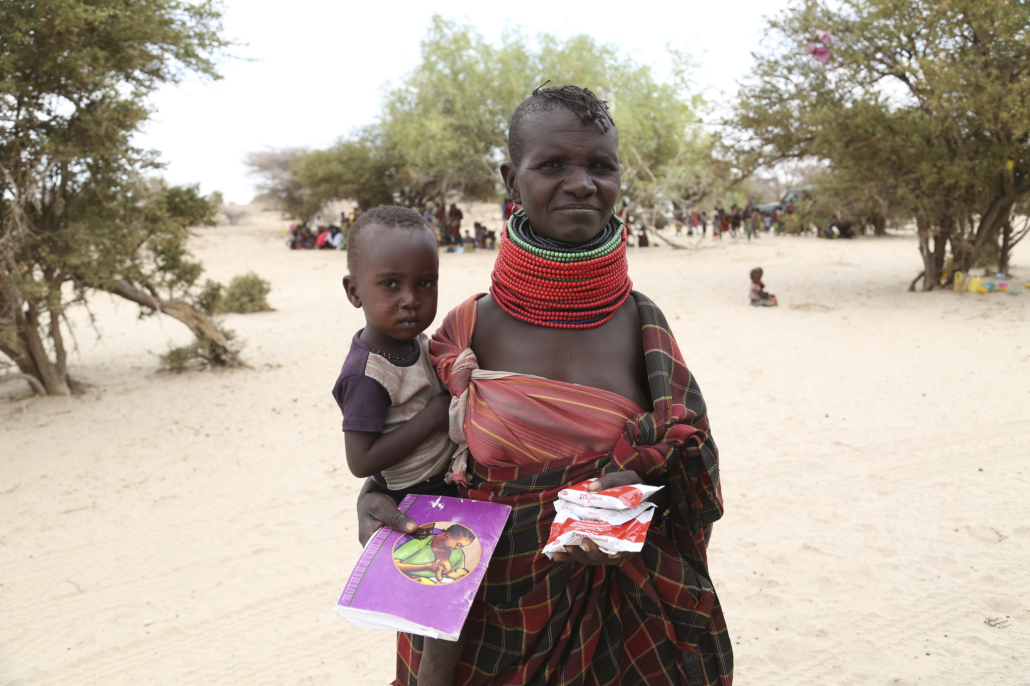 As of 2022, Ethiopia has
As of 2022, Ethiopia has 

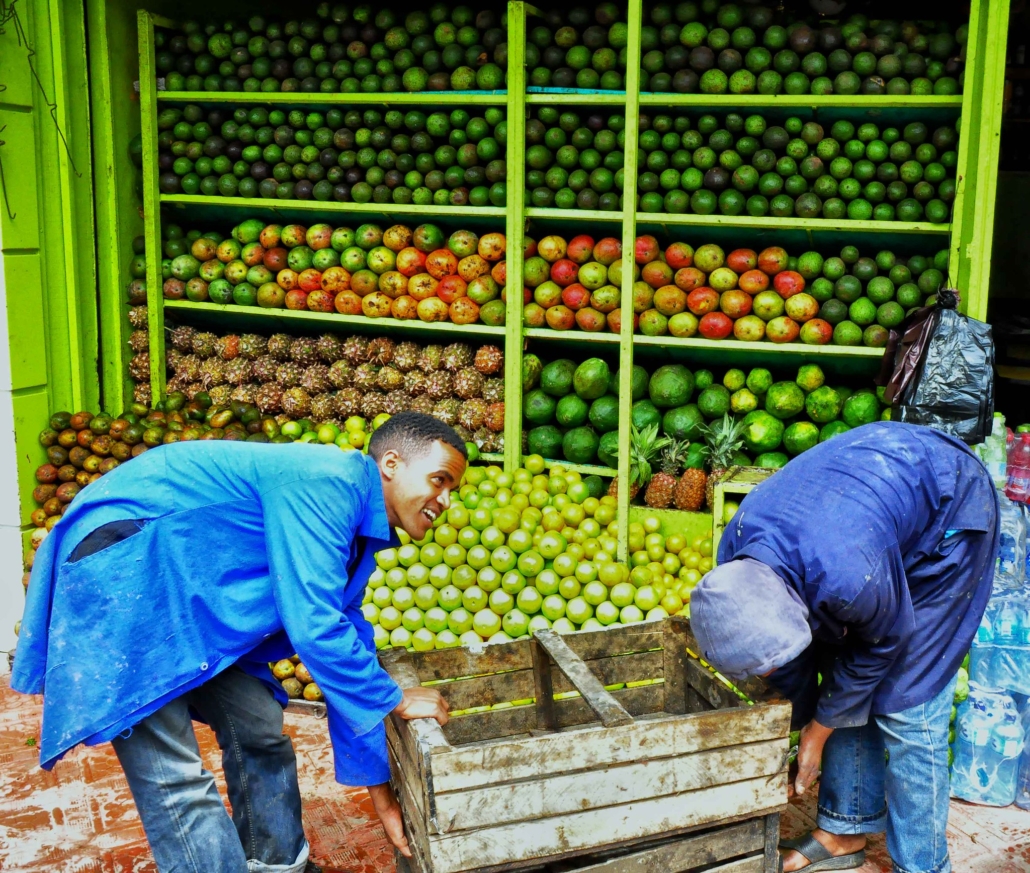
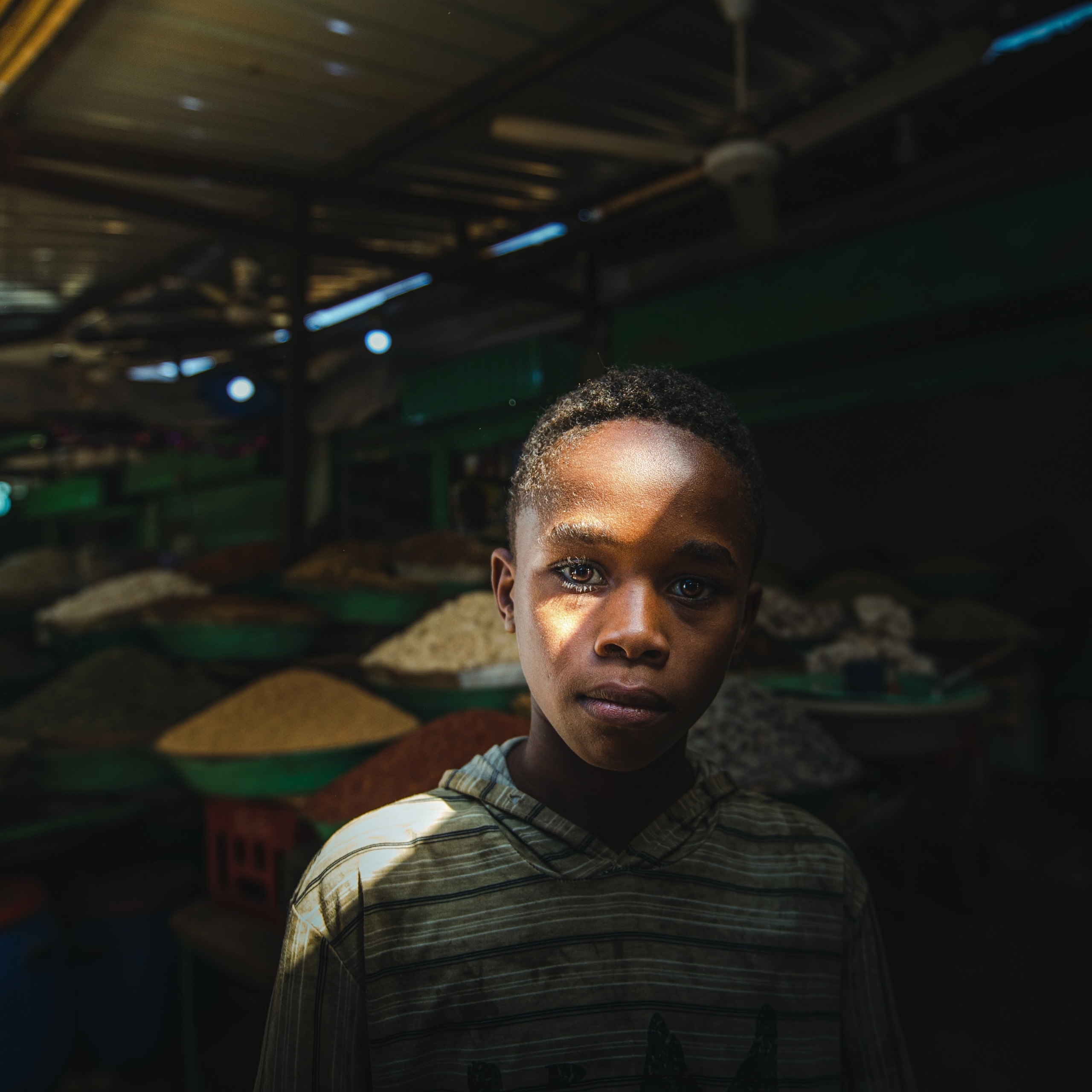 On September 9, 2023, the Food and Agriculture Organization (FAO)
On September 9, 2023, the Food and Agriculture Organization (FAO) 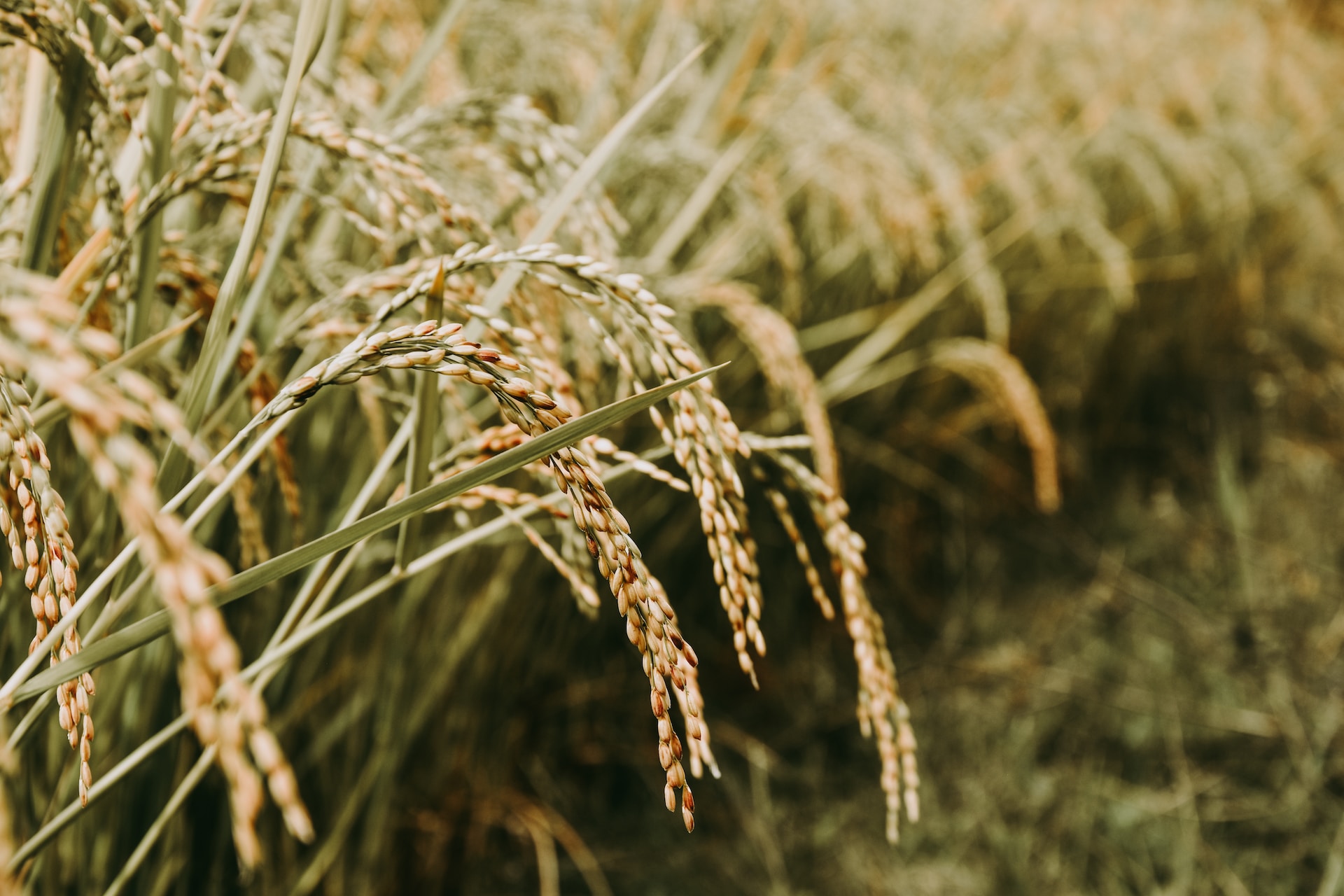 Rice is a staple grain for much of the world, accounting for the
Rice is a staple grain for much of the world, accounting for the 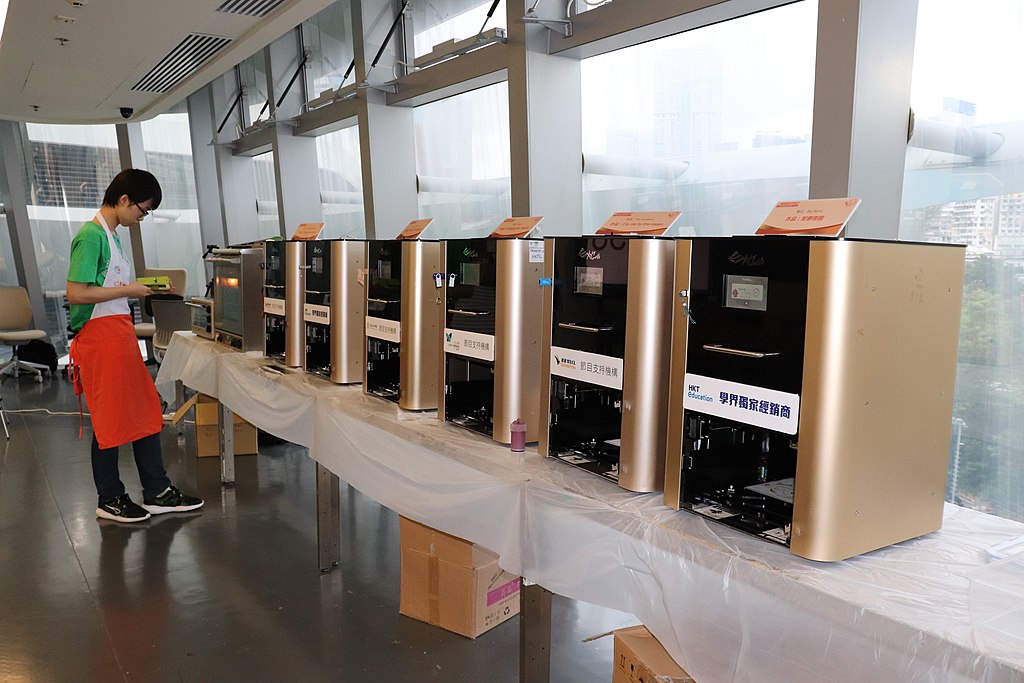
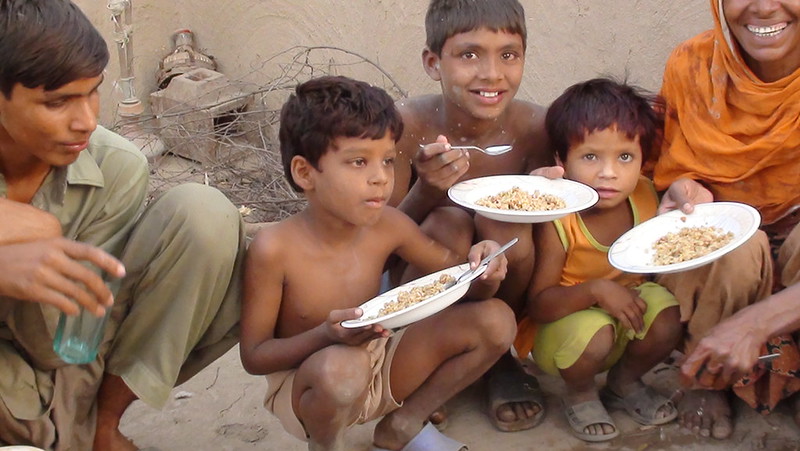 Pakistan faces the dual challenges of food insecurity and food loss waste. Ongoing poverty, frequent natural disasters and instability in politics and the economy have contributed to undernutrition and a lack of reliable access to food for some people in Pakistan. According to the World Food Program, more than 20% of the total population in Pakistan
Pakistan faces the dual challenges of food insecurity and food loss waste. Ongoing poverty, frequent natural disasters and instability in politics and the economy have contributed to undernutrition and a lack of reliable access to food for some people in Pakistan. According to the World Food Program, more than 20% of the total population in Pakistan 
